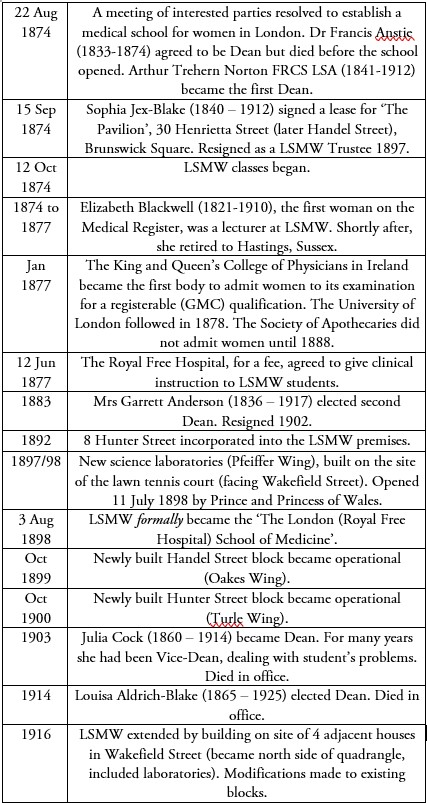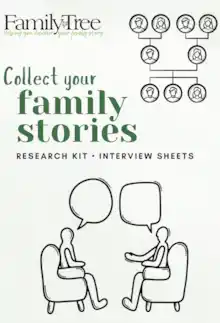27 August 2024
|
October 2024 sees the 150th anniversary of the first classes held at the London School of Medicine for Women. Former student at the establishment, Paul Bingham, reports
At the forthcoming Royal Free Association (RFA) meeting on 21st November, there will be a celebration of the 150th anniversary of the first classes held at the London School of Medicine for Women (LSMW).
Why was the teaching of women at the London School of Medicine for Women so important?
But why was the commencement of classes at LSMW on 12th October 1874 so important to opening the profession of medicine to women in the UK, and why should the 150th anniversary be celebrated? After all there are other notable anniversaries:
- In 1859, Elizabeth Blackwell was the first woman entered on the General Medical Council (GMC) Register – but this was under ‘grandfather’ or should it be ‘grandperson’ rules, and conferred no rights for other women.
- In 1866, Elizabeth Garrett took the qualifying exam of the Society of Apothecaries, and was entered onto the GMC Register – but the Apothecaries then changed their rules to prevent other women from following.
- 1869 – 1873, the ‘Edinburgh Seven’ matriculated and trained in medicine at Edinburgh – but this chapter was ended by an adverse legal judgement that effectively discouraged any of the 19 examining bodies recognised by the GMC, from opening their qualifying examination to women.
The founding of LSMW was an act of faith, in large part due to Sophia Jex-Blake who:
- persuaded a cadre of male teachers to take classes,
- galvanized philanthropic doners,
- and not least, persuaded Elizabeth Blackwell and Elizabeth Garrett-Anderson to ‘come on board’.
UK medical qualification open to women not guaranteed
Back in 1874 there was no indication that any hospital was going to admit female medical students for clinical instruction, and as mentioned above, no UK medical qualification was open to women.
Sophia’s selection of a large Georgian mansion ‘The Pavilion’ as accommodation (initially rented) for the new LSMW was fortuitous, with far reaching benefits that she could not have foreseen. The location being close to the centre of London was ideal and the spacious grounds gave the opportunity for future redevelopment.
Without the LSMW what was the alternative?
Without the LSMW, UK women wishing to qualify in medicine would for many years have had to train and qualify on the continent before taking ‘LKQCPI & LM’ to get on the GMC register. Other UK medical schools did eventually admit women, especially during the First World War, but when the war was over, several schools reverted to ‘men only’. The LSMW continued as a haven for women entering the medical profession, and a centre for excellence, well into the twentieth century. For this we should be thankful and celebrate.
Learn more about the first women to qualify at the London School of Medicine for Women
Paul Bingham has undertaken research into the biographies of the first 106 women to qualify at the London School of Medicine for Women. In doing so he has investigated their early lives, and their lives following qualification. Statistical overview information about this cohort of 106 women is published in the October issue of Family Tree, published 13 September 2024. To order your copy, please visit here.
A timeline history of the London School of Medicine for Women / Royal Free Hospital School of Medicine










